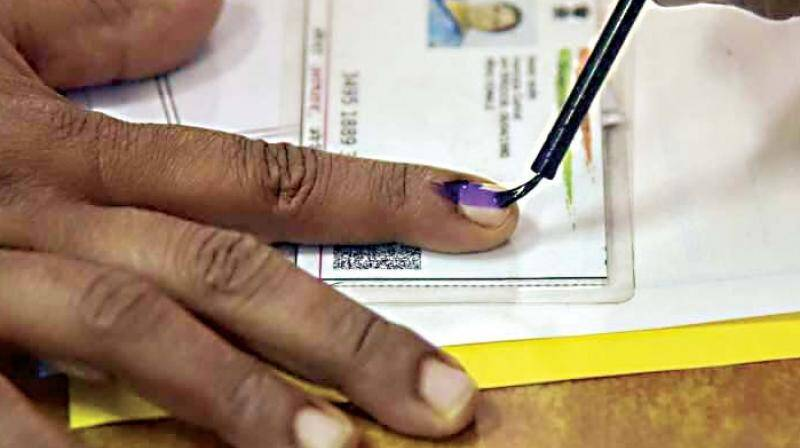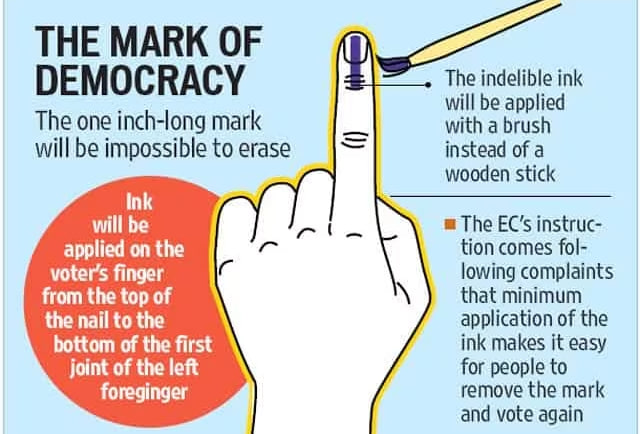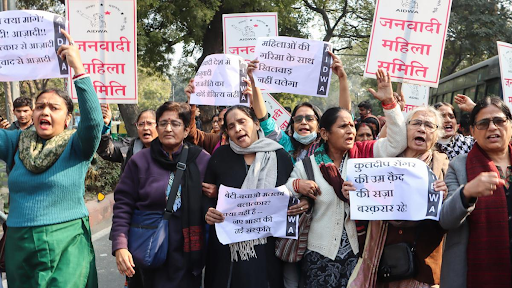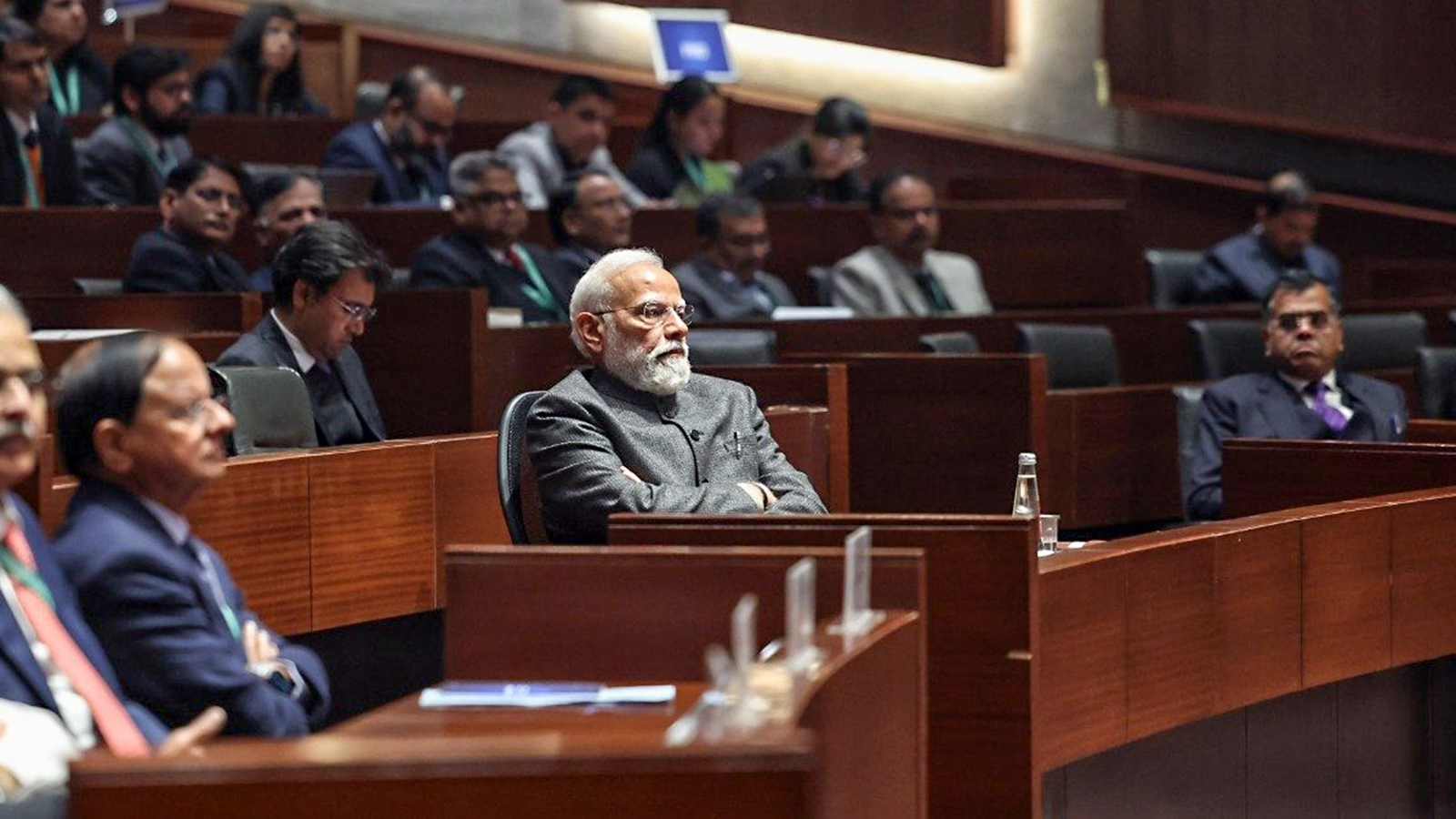Description

Copyright infringement not intended
Picture Courtesy: https://keralakaumudi.com/en/news/news.php?id=1291729&u=63100-vials-indelible-ink-reaches-kerala-two-and-a-half-times-more-than-required-quantity
Context: The use of indelible ink in Indian elections is a significant tradition aimed at preventing fraudulent voting and ensuring the integrity of the electoral process.
Details
- The indelible ink used in Indian elections is manufactured by Mysore Paints & Varnish Ltd., a Karnataka Government Undertaking, containing silver nitrate for lasting visibility and resistance to removal for up to 72 hours.
Purpose and Significance
- Preventing Multiple Voting: Indelible ink is used to mark voters' fingers to prevent individuals from casting more than one vote in elections. This method has been in use for decades and remains a symbol of the Indian electoral system.
- Traditional Practice: The use of indelible ink dates back to the era of ballot papers and has seamlessly transitioned into the electronic voting machine (EVM) era, ensuring continuity in its application.

Legal Basis
- Representation of the People Act (RoPA) 1951: The RoPA specifies the use of indelible ink to mark the thumb or any other finger of electors to prevent duplicate voting.
- Historical Evolution: Over time, the method and location of applying the indelible ink on voters' fingers have evolved based on electoral practices and technological advancements.
Composition and Durability
- Silver Nitrate: Indelible ink contains silver nitrate, which remains colourless until exposed to ultraviolet light, making the ink's mark visible.
- Durability: The ink's durability is enhanced by its chemical composition, allowing it to remain visible for up to 72 hours despite exposure to water, soap, and other cleansing agents.
Manufacturing and Distribution
- Mysore Paints & Varnish Ltd.: This Karnataka Government Undertaking is the sole manufacturer of indelible ink in India, producing a substantial quantity for each election cycle.
- Research and Development: The ink's formulation originated from research conducted by the Council of Scientific & Industrial Research (CSIR) in the 1950s, later patented by the National Research Development Corporation (NRDC).
- Export and International Use: Indelible ink manufactured in India is exported to over 25 countries worldwide, including Canada, Ghana, Nigeria, Mongolia, Malaysia, Nepal, South Africa, and the Maldives, highlighting its global relevance in electoral processes.
|
The method of applying indelible ink can vary across countries based on local electoral practices. While some countries use finger dipping techniques, others employ brush application or specialised nozzles. These variations demonstrate the versatility of indelible ink as a tool for preventing duplicate voting and maintaining the credibility of electoral outcomes.
|
Conclusion
- Indelible ink plays a crucial role in Indian elections by serving as a visible and durable mark of voter participation. Its composition, manufacturing process, and global adoption highlight its significance as a symbol of electoral integrity and transparency.
Source:
Indian Express
|
PRACTICE QUESTION
Q. How has the introduction of Electronic Voting Machines (EVMs) and Voter Verifiable Paper Audit Trail (VVPAT) systems impacted the transparency and efficiency of elections in India?
|













